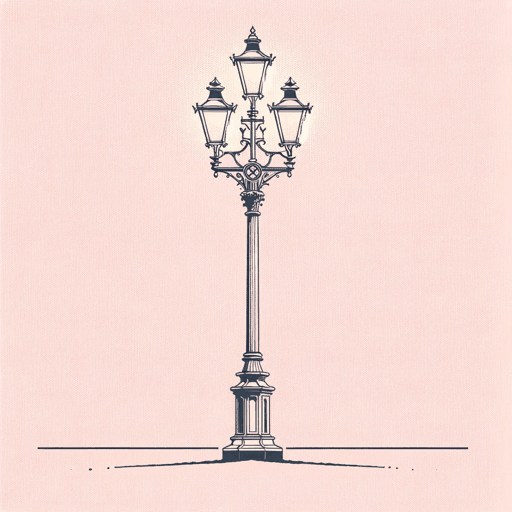25 pages • 50 minutes read
Matthew ArnoldStanzas from the Grande Chartreuse
Fiction | Poem | Adult | Published in 1855A modern alternative to SparkNotes and CliffsNotes, SuperSummary offers high-quality Study Guides with detailed chapter summaries and analysis of major themes, characters, and more.
Literary Devices
Alliteration, Assonance, and Enjambment
Like his fellow Victorian-era poets Robert Browning and Alfred, Lord Tennyson, Arnold often uses the literary device of alliteration, a tendency evident in “Stanzas from the Grande Chartreuse.” Unlike Tennyson, who is sometimes accused of using auditory devices for mere ornamentation, scholars consider Arnold’s use of alliteration to be deliberate and meaningful.
In the first line, the repeated, gentle “s” sounds of “soft-suffus’d” create a lulling effect (which the subsequent lines rapidly undo). The same “s” sounds are used as a harsh, sibilant menace in Lines 9 and 10 with the “strangled sound” of the stream. Here, the juxtaposition of the guttural “r” sound in “strangled” and “stream” and the softer “s” creates an effect entirely different from the rounded vowel sounds of “soft-suffused” (Line 1). Arnold uses this particular effect again in Line 13 with “swift rush the spectral vapours.”
The use of alliteration continues through the poem (e.g. “tract and tome” and “priestly pride” in Lines 49 and 50). Alliteration’s sing-songy quality builds momentum and echoes the ritualized, repetitive life of the monks. Note, for example, the strong use of alliteration in describing the Christian ritual of “passing the host from hand to hand” (Line 42).
Related Titles
By Matthew Arnold




